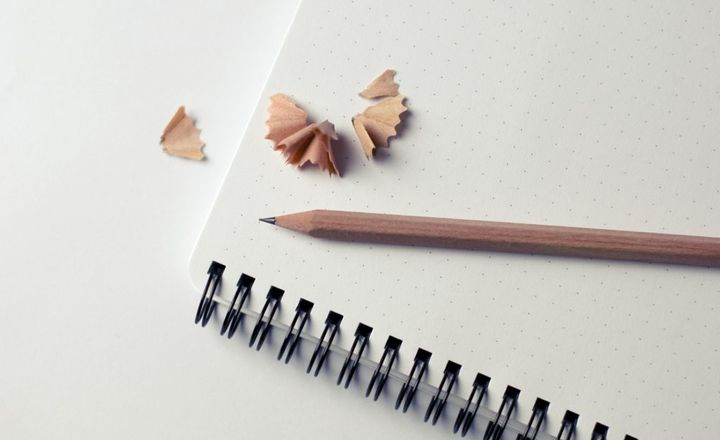What Makes a Good Invoice?
I’ve seen many bad invoices in my time, you’d be surprised how many businesses don’t actually include their payment details! Late payment of invoices is the bugbear of every business and it’s important to have good processes in place for dealing with white rabbits (people who are always late!) But you also need to make sure that you’re making it as easy as possible for your customers to pay you, and a lot of that starts with the invoice itself.

So what should you include in your invoice?
- Your company name, address, and contact information. If you’re a sole trader you also need to include your name, e.g. Adam Apple trading as The Crafty Cider Company. If you’re a limited company this should be the full name as it appears on your certificate of incorporation. You can include a director’s name if you wish, but if you have more than one you must include them all.
- Company name and address of the customer being invoiced.
- Unique number - invoices should be issued sequentially and have a unique number for easy identification. Don’t forget to include the word ‘invoice’ on there too!
- Description - what you are invoicing for? Give as much detail as your customer needs to know exactly what they’re paying for.
- Date - when the invoice is issued.
- Amount - how much does the customer need to pay? Including the VAT amount, if applicable.
- Quantity and unit price - show the individual amount for each item or service, and the quantity being invoiced.
There are additional rules if you’re VAT-registered, so check out HMRC’s guide on VAT record keeping.
What else?
- Payment details - it’s always a good idea to clearly state how your customers can pay you, and giving them several ways of doing so doesn’t hurt either! Accounts software such as Xero or Quickbooks links to payment systems such as GoCardless for direct debits, Stripe, Paypal, and many others.
- Payment terms - unless you agree a payment date a customer must pay you within 30 days, but don’t be afraid of agreeing shorter terms. If you’ve agreed 10 days, but don’t put anything on the invoice, don’t be surprised if whoever is responsible for paying the invoice reads it as 30 days.
- Payment due date - remove as many barriers as you can that might delay you getting paid. If a customer can see when the invoice is due they have less of an excuse for being late!
- Contact details - if a customer has any queries about the invoice or payment, knowing who they need to contact to resolve these can also help speed things up.
- Sending clear and accurate invoices can really help you to be paid on time.
If you’d like assistance with invoicing your customers, or following up with late payers, get in touch to find out how I can help.
